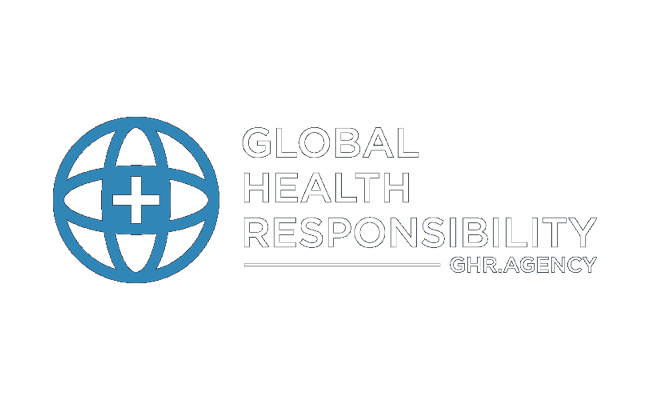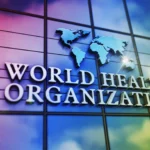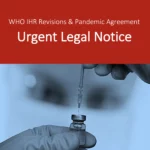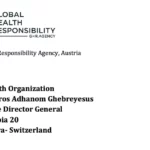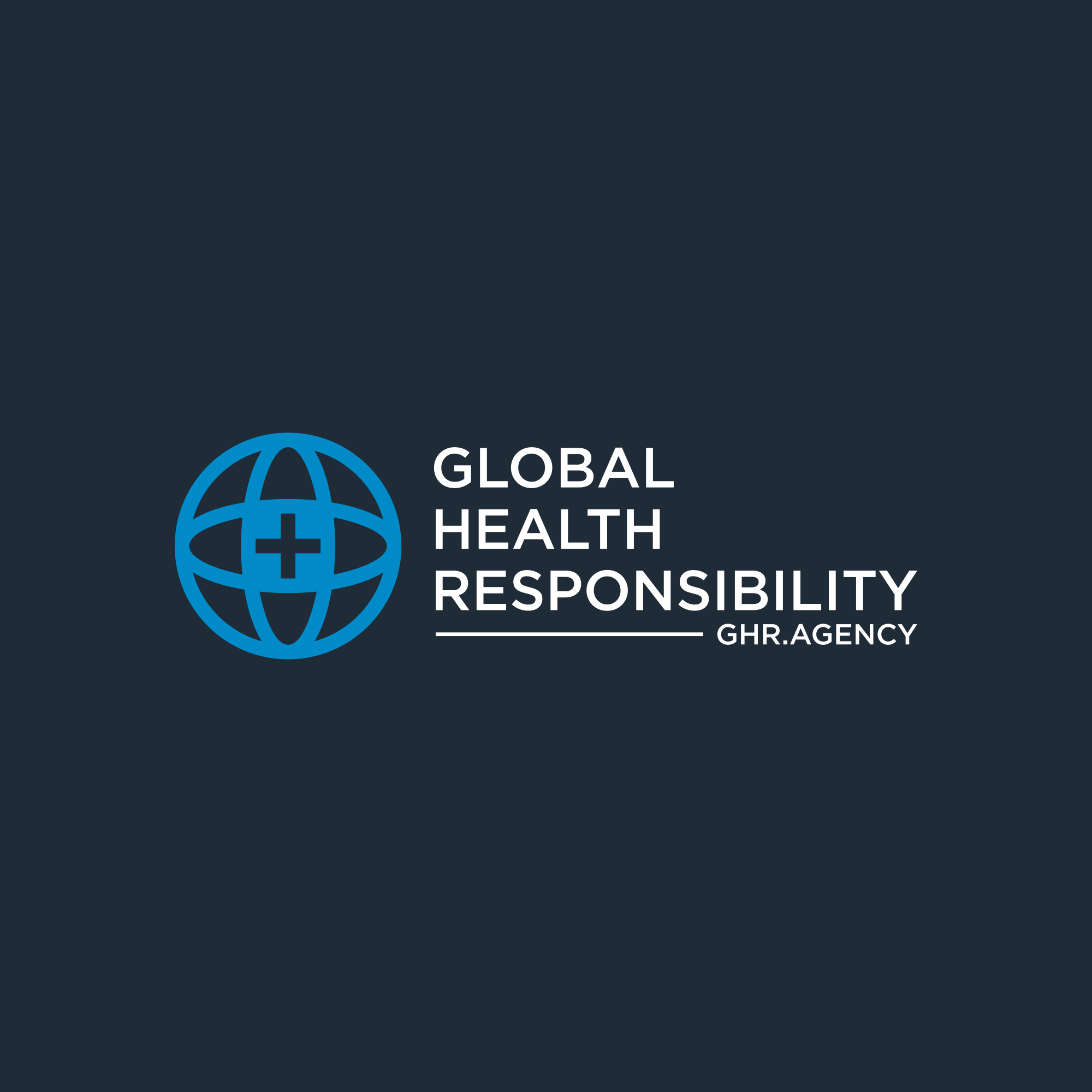From Surveillance to PHEIC
Thus, the entire implementation of the IHR, which is tantamount to the Covid-pandemic response by the entire world community, has to depart from this common objective and principles of the IHR, being the baseline for a lawful mitigation of cross-border health threats.
Institutional Aspects of the IHR
The IHR instituted “National Focal Points” (NFP) at the national level which are the administrative bodies in charge for the notification of health threats towards the WHO, which are designated as IHR Focal Points and also implemented at the regional level.
In Germany, the designated NFP in charge is the “Gemeinsame Melde- und Lagezentrum von Bund und Ländern (GMLZ)“, whereby special authority in case of infectious diseases is granted to the „Robert-Koch-Institute.“
Definition of a PHEIC
A “public health emergency of international concern” (PHEIC) is defined under the IHR
“as an extraordinary event which is determined, to constitute a public health risk to other States through the international spread of disease and to potentially require a coordinated international response.”
Importantly, “public health risk” under the IHR means “a likelihood of an event that may affect adversely the health of human populations, with an emphasis on one which may spread internationally or may present a serious and direct danger.”
If the PHEIC concept is analyzed from the perspective of severity, the possibility to
declare PHEICs without presenting a serious and direct danger through
the interchangeability of “international spread” or “serious and direct
danger” is eminent.
As of yet, the WHO declared six PHEICs since the entry into force of the revised IHR 2007, the H1N1 influenza virus pandemic (2009), the resurgence of wild
poliovirus (2014), the west Africa Ebola virus outbreak (2014), and the
Zika virus outbreak (2018), the 2018-20 Kivu Ebola epidemic and the Coronaviurs- Pandemic (2020).
Core Capacity Requirements to Assess
The SP are under an obligation, to permanently develop, strengthen and maintain the
capacity to detect, assess, notify and report events in accordance with these Regulations. These capacities are the so-called “core capacity requirements” that are closely intertwined with the institutional entity of the NFP.
This leads to the question, which events require detection and assessment as well as
subsequent notification via the NFP with the 24-hour time frame?
The assessment of a detected “public health event” takes place in accordance with the
decision instrument included in Annex 2 of the IHR.
If the event is assessed by the SP as unusual, unexpected and posing a serious public health impact, the event is directly notifiable within 24-hours in the case of SARS or a new strain of influenza.[4] All other events require further assessment whether there is a significant risk of international spread or of international travel or trade restriction. Annex
2 provides no justification why the criteria of international spread as
well as the impact on travel and trade are presumed conditions in the
case of SARS or a new influenza strain.
[1] Annex 1 IHR.
[2] Art. 5 IHR.
[3] Art. 6 and Annex 2 IHR.
[4] As well as smallpox
and poliomyelitis due to wild-type poliovirus according to Annex 2 IHR.
.
